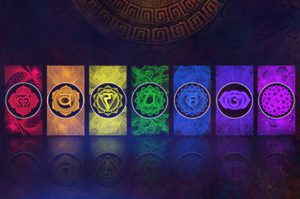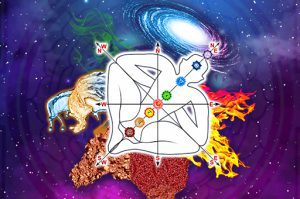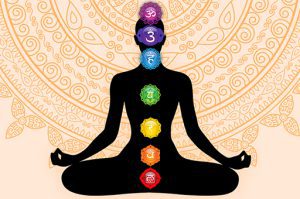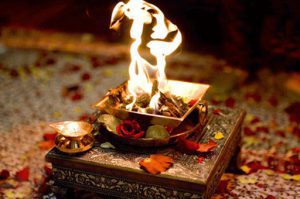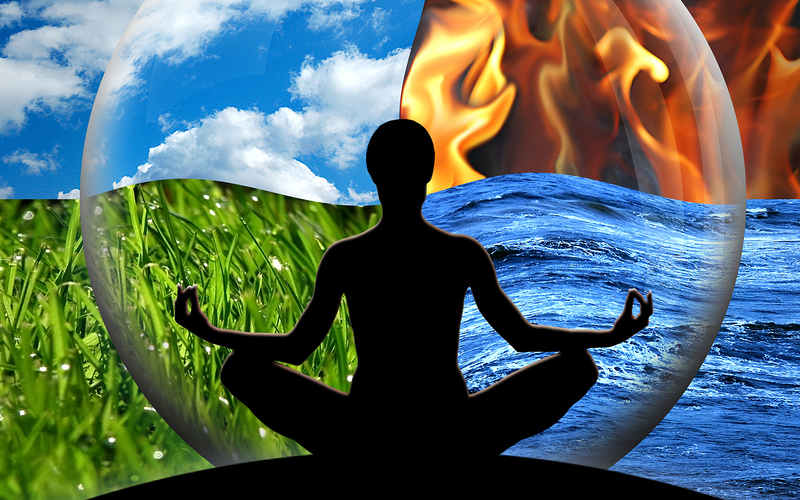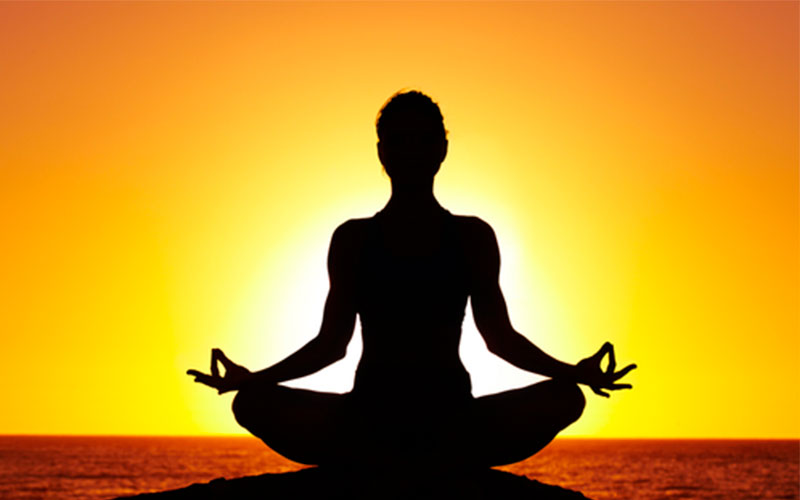
In olden days, people practiced meditation to find enlightenment, their true Self. In today’s fast-paced world where we are surrounded by material comforts and everyone is busy chasing their dreams, one might think: why meditate? What is the use?
The simple answer is that meditation is the best way to still your mind and increase your mental awareness. No matter what your problems are, if you can focus and train your mind, you will improve your abilities to overcome them. The strains and stress of modern life are reason enough for anyone to turn to meditation.
Interestingly, the busier you get and the less time you have to spare, the more you need to practice stilling your mind. This is because the targets you are chasing and the responsibilities you carry out will bring fresh challenges in your life. And meditation will not only release you from tension and strain, it will refresh your mind and improve your ability to face whatever life throws at you.
There are various types of meditation that you can choose from, depending on your inclination. Pick a style that resonates with you and give it a try.
Sound Meditation: It is a mantra-based meditation where the sound of mantra helps you go into deeper stages of awareness by releasing you from the clutches of your brain. There are several mantras offered by Vedic texts and the most popular is the OM mantra. By reciting the OM mantra, one can focus on the sound of OM and feel the mind sliding into a complete state of calmness.
Zen Meditation: A gift from Buddhism, it is based on the philosophy rather than religion. The practitioner gains awareness through observing the breath and the mind and communication with the teacher. Zen meditation stresses on the achievement of enlightenment and the individual expression of spiritual vision in the Buddhist teachings. The Zen sutras (scriptures) are taught through communication with a practiced and proficient teacher.
Transcendental Meditation (TM): This technique uses a mantra or Sanskrit words to help focus instead just following the breath. The guru (teacher) gives the mantra to the students depending on their age, gender and mental makeup. This meditation was founded, practiced and given by Maharishi Mahesh Yogi.
Reflective Meditation: This analytical meditation is focused on logical thinking to meditate on an object, a question, a wish or anything that impacts you emotionally. While doing this meditation, the practitioner can ask: Who am I? What is the actual purpose of my life? Why am I suffering from this? Why can I not do this? What is my role in this universe? One needs to sit in a relaxed pose and effortlessly reflect on the object or the above questions. At first, your mind may not be able to focus because of its flitting nature, but gradually it becomes used to this technique. The meditator easily finds cues to solve the problems. Studies show that self-reflection practiced in an undisturbed place can help minimise angst, stress and depression, while enhancing optimism, creativity, and liveliness.
Mindfulness-based Stress Reduction
Started by Jon Kabat-Zinn in 1979, this technique uses breath awareness and body scan. Breath awareness is as simple as it sounds. You focus your attention on the inhalation and exhalation. Body scan is a process of focused attention on the physical body, starting at the toes and working your way up with heightened awareness with the potential for release or relaxation of tension. The practitioner may be seated, laying down, or walking depending on the focus of practice. This is a popular technique taught worldwide to health care professionals to create a partnership between the patient and the medical team.
Kundalini Yoga
The Kundalini Yoga tradition prescribes specific and practical tools that carefully support the mind and guide the body through the use of breath, mantra, mudra (hand positions), and focus geared towards the awakening of the Kundalini. The range and variety of meditation techniques in the Kundalini Yoga tradition is very large and includes haṭha yoga techniques (such as bandha, pranayama, asana), Patanjali’s Kriya yoga (consisting of self-discipline, self-study, and devotion to God), tantric visualisation and techniques of laya yoga.


